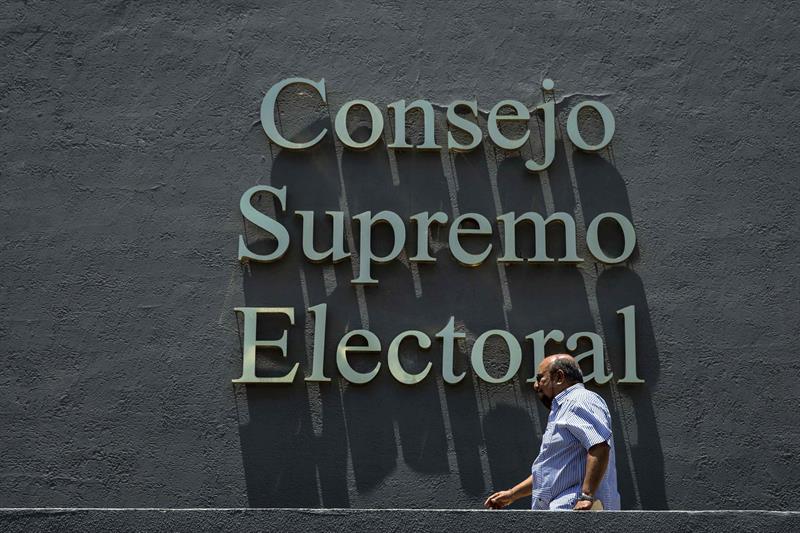What yield do the Cetes pay?
The yields of the Cetes have a fixed interest rate that is published every Tuesday by the Bank of Mexico and depending on the term in which you invest, it will be your profits.
This week’s auction of government securities established that one-year Cetes have a rate of return of 10.34%, a level above inflation, which last August was 8.77%.
Cetes with terms of three and six months (91 and 182 days) also have yields above inflation, with 9.49% and 10.07%, respectively. Cetes at 28 days have a yield of 8.61%.
This week, the Cetes showed upward adjustments (except those of 28 days) due to the fact that Banxico is expected to raise the interest rate next week.
“The fact that (interest) rates continue to rise will make it increasingly attractive for people to have more savings and it is just one of the channels that the Bank of Mexico has to influence the decisions of consumers and investors,” said Janneth Quiroz, deputy director of Economic Analysis at Monex Grupo Financiero.
The specialist highlighted that the high yields in Cetes also help Mexicans who have the possibility of saving to do so and curb their consumption. In this way, demand slows down and thus the prices of products decrease.
The yields of the Cetes, especially at one year, anticipate the level of the interest rate of the Bank of Mexico in that term. In the next monetary policy decision, on September 29, the rate is expected to rise 75 basis points and reach a level of 9.25%.
“Longer-term rates are generally the market outlook. What Cete is telling you is that Banxico’s rate is expected to be 10% in a year,” Luis Gonzali, VP and co-director of Cete, said in an interview. Investments in Franklin Templeton Mexico.
Why are they considered a safe instrument?
Cetes are considered safe instruments because they are issued by the government and the government is unlikely to default, Gonzali said. However, this does not mean that there can be no losses with fixed income.
“A misconception is that you can’t lose money in fixed income due to rate movements,” Gonzali warned. “You can lose money investing in Mexican government fixed income if you sell early. If you take it to maturity, no.”
Better yields are likely in the coming months and fixed income’s hot streak is expected to last up to 18 months as inflation is expected to remain high.
In the most recent Citibanamex Expectations survey, the median for the interest rate at the end of 2022 was 10% and by 2023 the rate is expected to drop to 9.25%, although JP Morgan expects the rate to close at 10.25% next year. year.
“Economic slowdown and probably low inflation are fixed income’s best friends,” Gonzali said.















